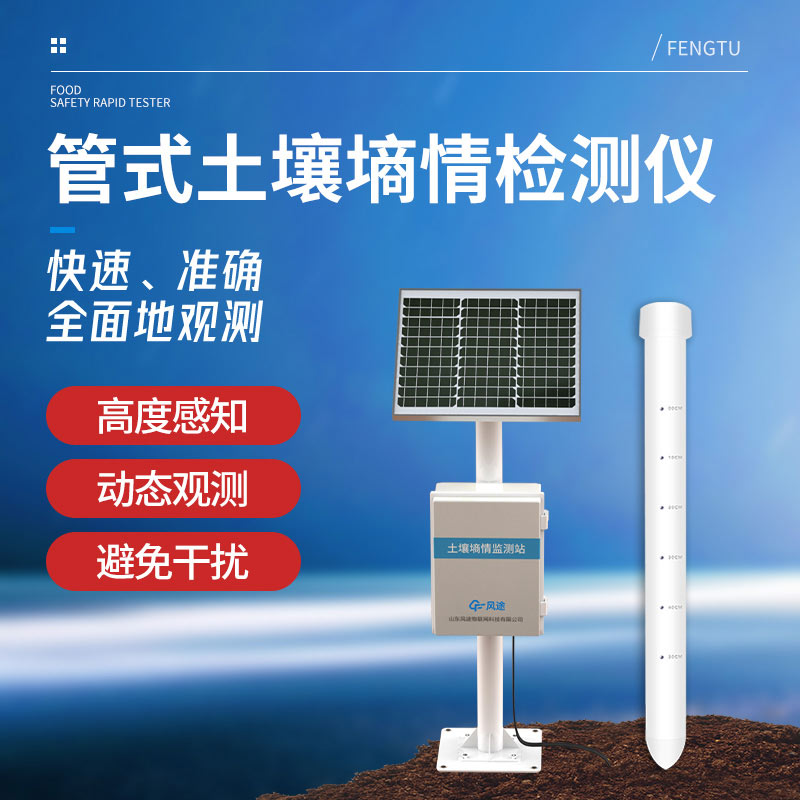Shandong Fengtu IOT Technology Co., Ltd
Sales Manager:Ms. Emily Wang
Cel,Whatsapp,Wechat:+86 15898932201
Email:info@fengtutec.com
Add:No. 155 Optoelectronic Industry Accelerator, Gaoxin District, Weifang, Shandong, China

Sales Manager:Ms. Emily Wang
Cel,Whatsapp,Wechat:+86 15898932201
Email:info@fengtutec.com
Add:No. 155 Optoelectronic Industry Accelerator, Gaoxin District, Weifang, Shandong, China
time:2024-03-06 08:58:03 source:Weather Station viewed:626 time
The Internet of Things in Agriculture programme uses soil moisture monitoring as a cornerstone to ensure accurate knowledge of the planting site. With the help of automation control and wireless communication network and other technologies, it realises the automation of agricultural production management work, reduces manual intervention and improves efficiency.
As a large agricultural country, disaster prevention, drought relief and water-saving irrigation are important tasks in modern agriculture. In order to effectively deal with these challenges, we should adopt a professional soil moisture monitoring system, establish multiple monitoring points and build a soil moisture monitoring network. This networked monitoring can provide us with refined data support and promote modern agriculture to achieve faster and more robust development.
Focusing on monitoring soil moisture content, the soil moisture monitoring system solution consists of a management cloud platform, a communication network and monitoring equipment to ensure long-term, continuous monitoring of soil conditions. Farmers can flexibly deploy the monitoring equipment according to actual needs, thus comprehensively, scientifically and realistically reflecting soil changes in the monitored area. The system is able to provide timely and accurate information on soil moisture at each monitoring point, providing key basic data support for disaster mitigation and drought relief work.
The system can be easily expanded by adding sensors to monitor soil temperature, PH value, groundwater conditions, air temperature and humidity, light, wind speed, rainfall, and so on. In this way, the system can better meet the needs of agricultural production and provide comprehensive data support.

Weather observation equipment manufacturers recommended, Windway Technology is a professional manufacturer of weather observation equipment, mainly engaged in a variety of weather observation equipment, such as automatic weather stations, agricultural weather stations, ultrasonic weather stations, p...
In the daily operation, maintenance, and performance evaluation of photovoltaic power plants, the Portable IV Curve Tester is an indispensable device. By testing the IV curve of photovoltaic modules/strings, it provides important basis for evaluating their electrical performance, judging quality, an...
Soil moisture is an important parameter in agricultural production, which has an important impact on crop growth and yield. Therefore, understanding and mastering the changing law of soil moisture is of great significance in guiding agricultural production.There are various methods for soil moisture...
Meteorological environmental monitoring system refers to a series of monitoring equipment and instruments to carry out real-time, accurate and sustainable monitoring and analysis of the atmosphere, water, soil, vegetation, animals and other elements of the natural environment, in order to reveal the...